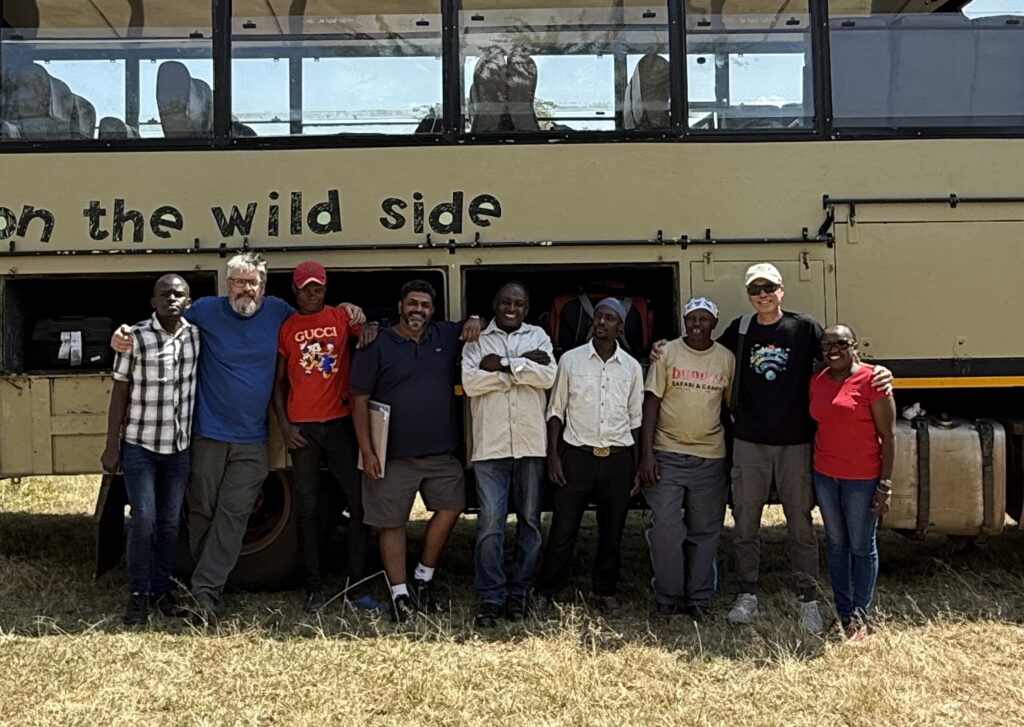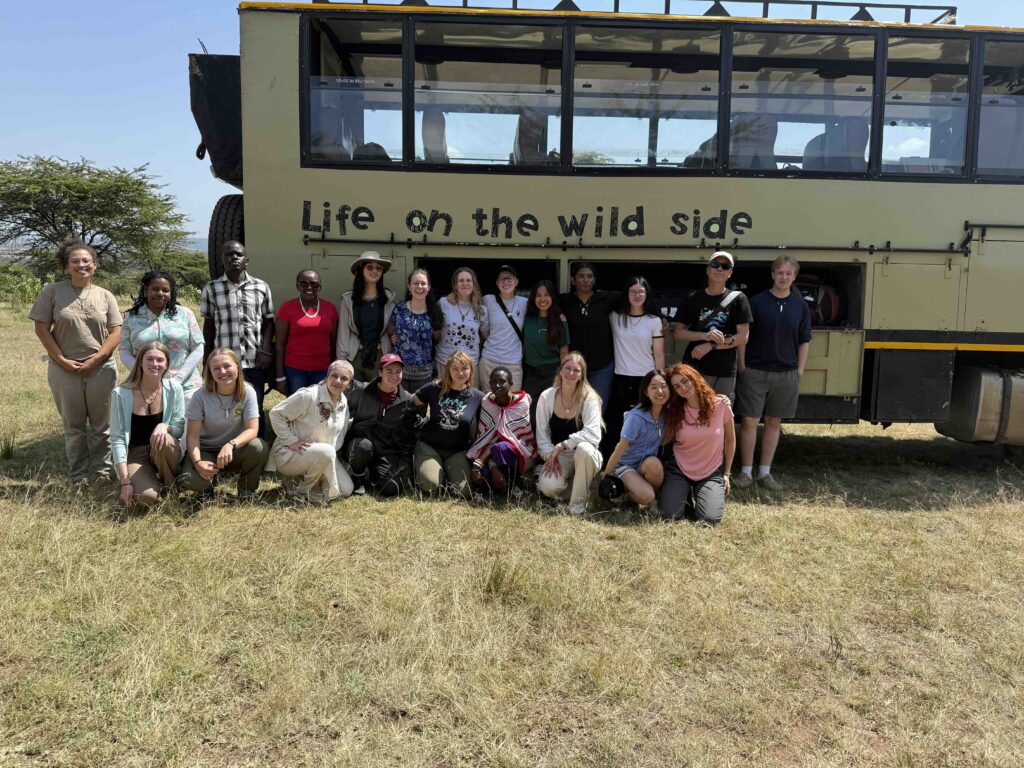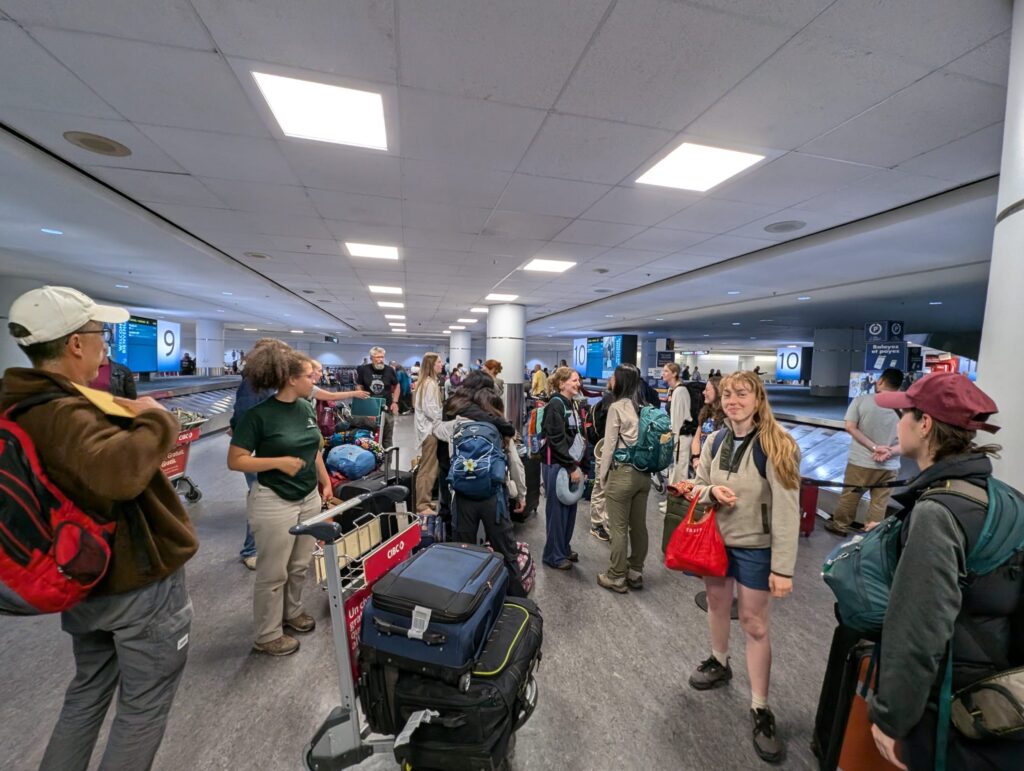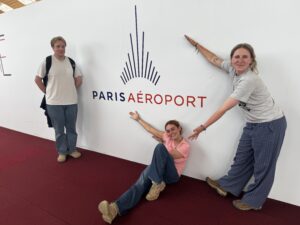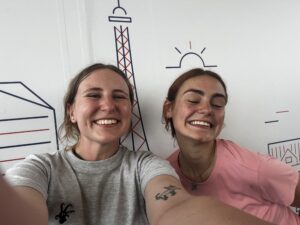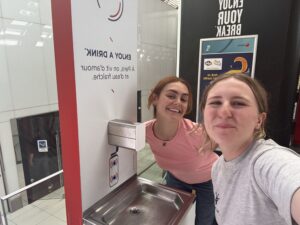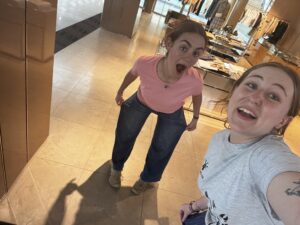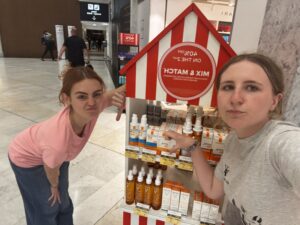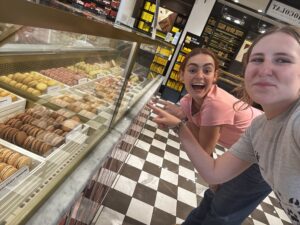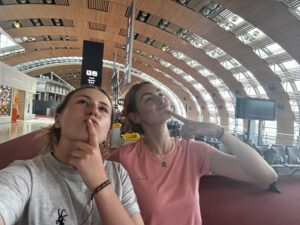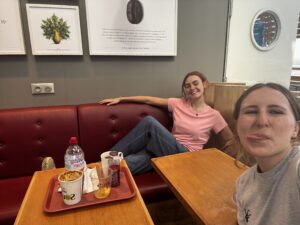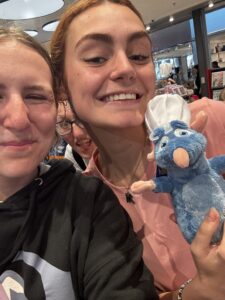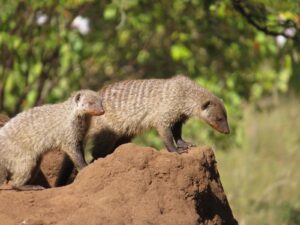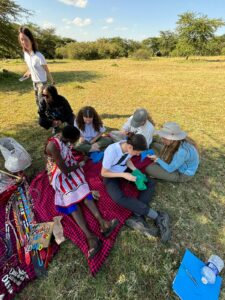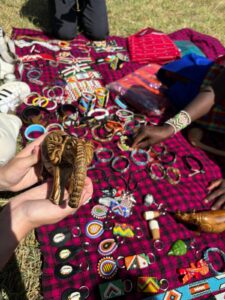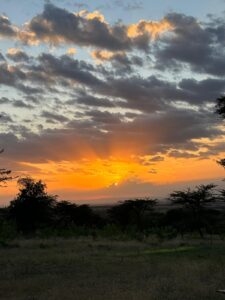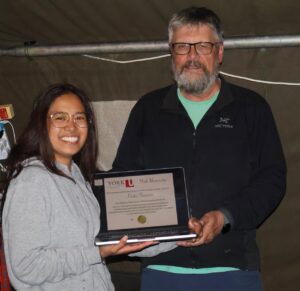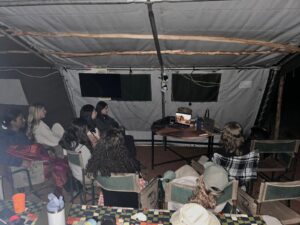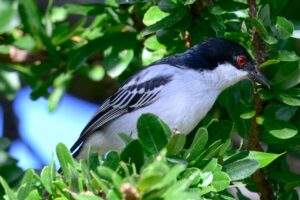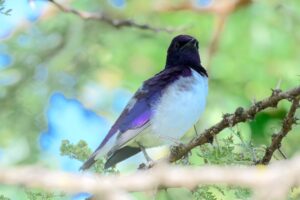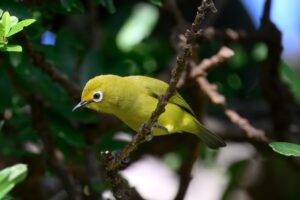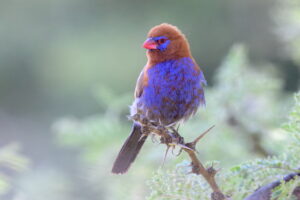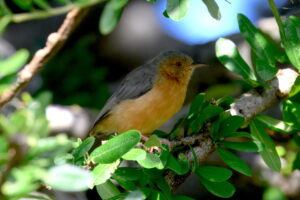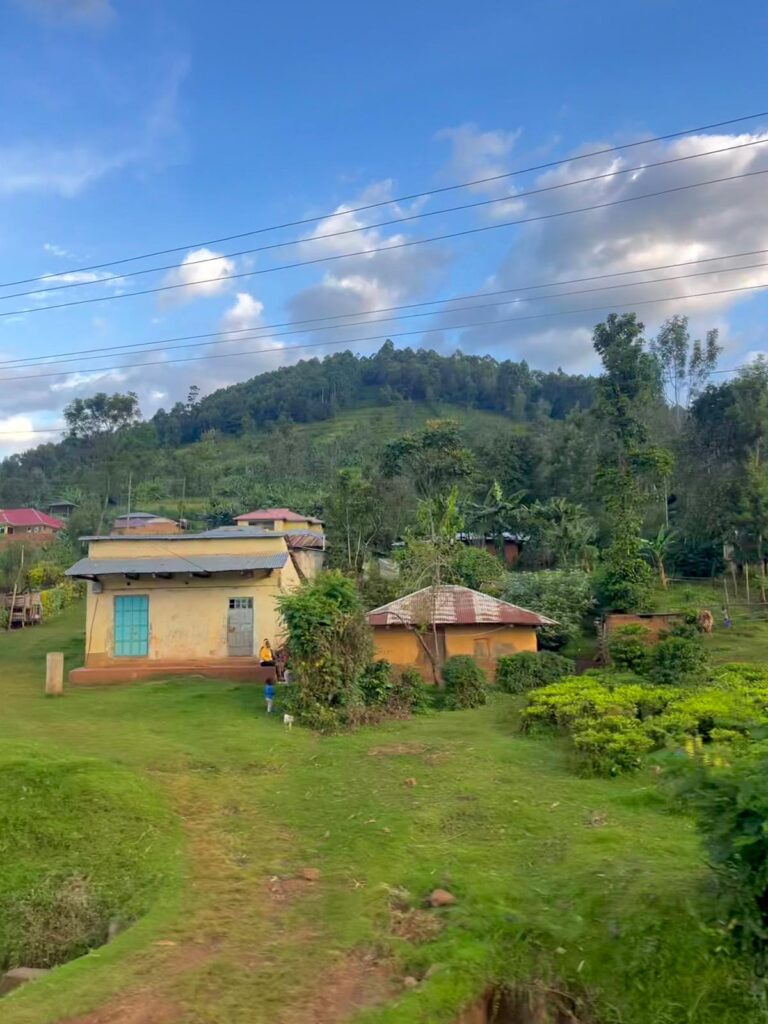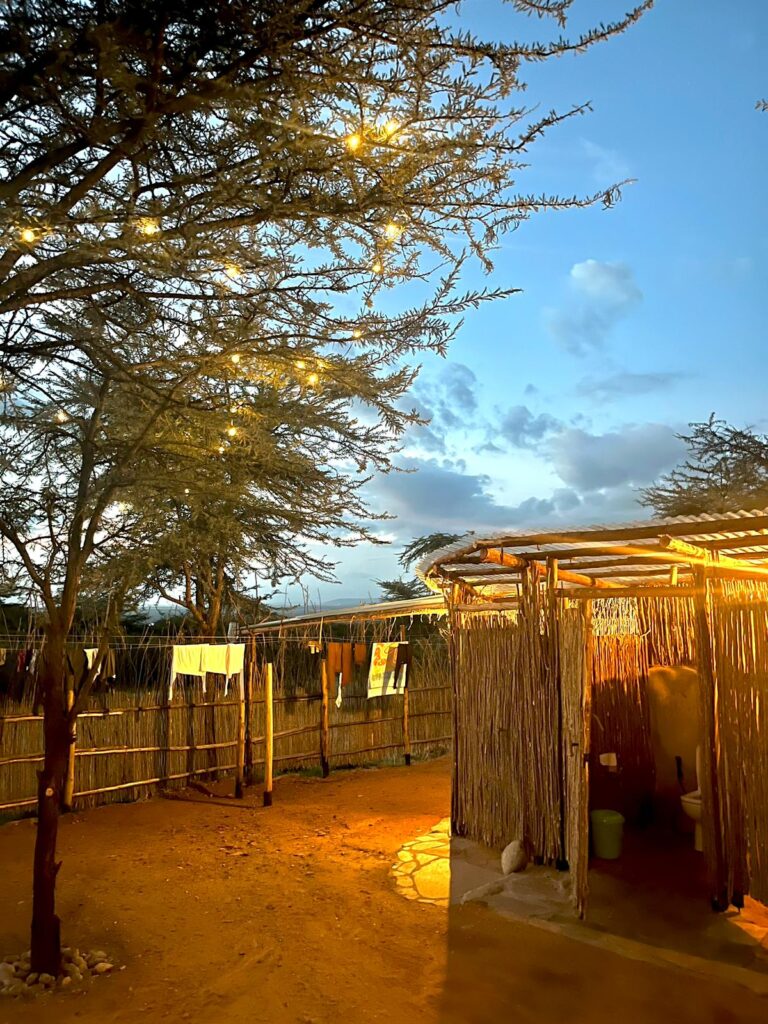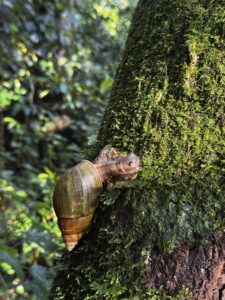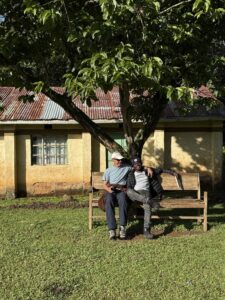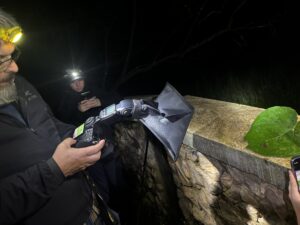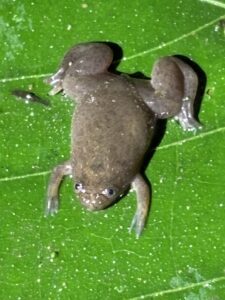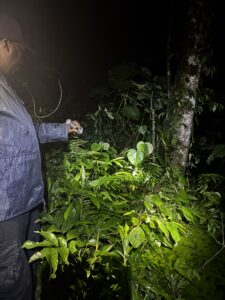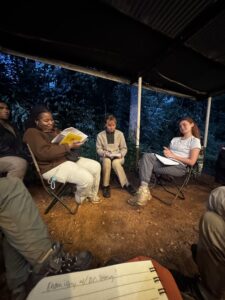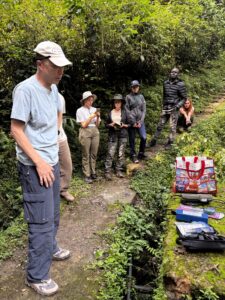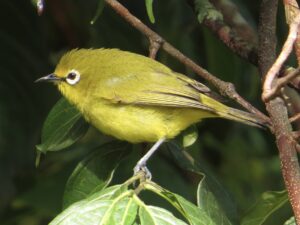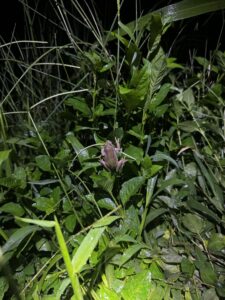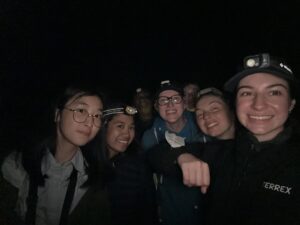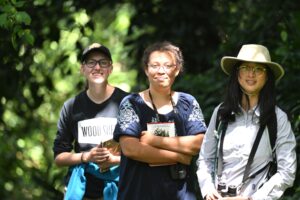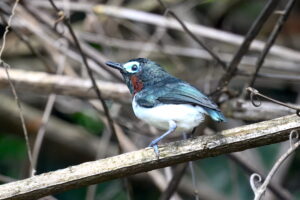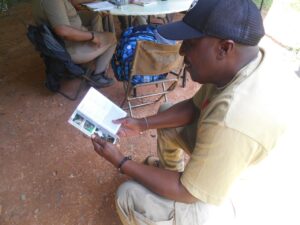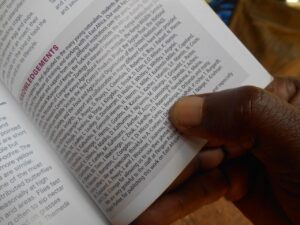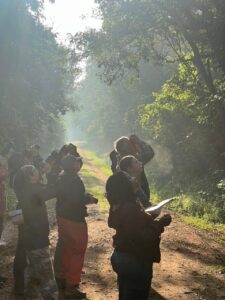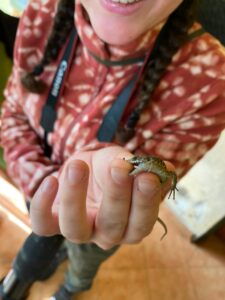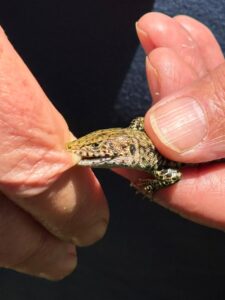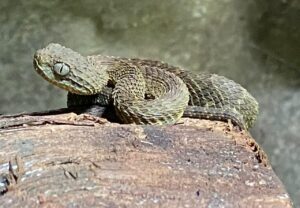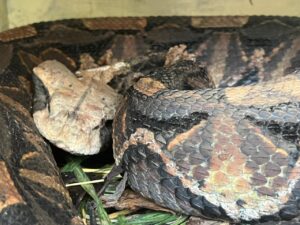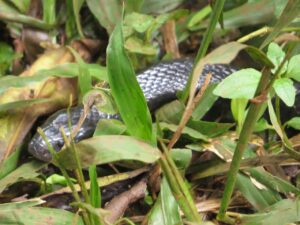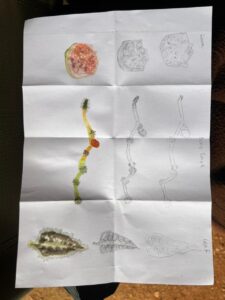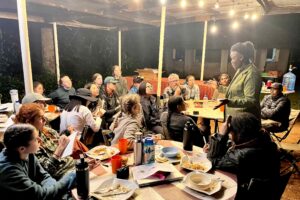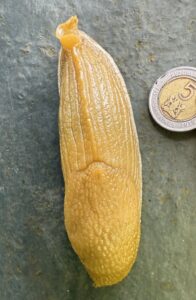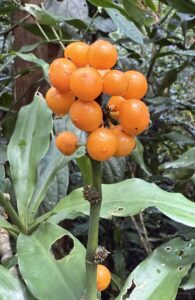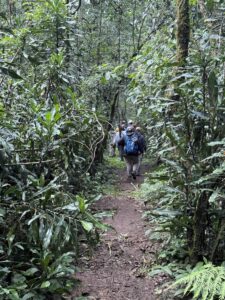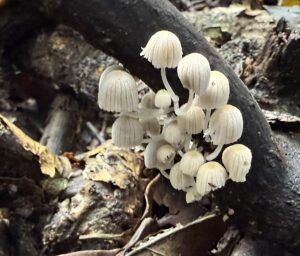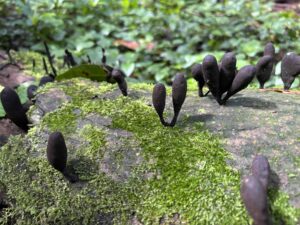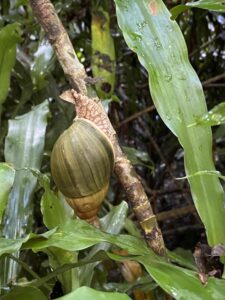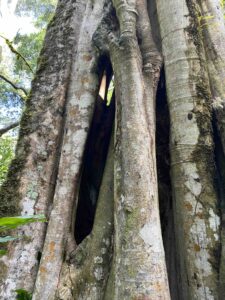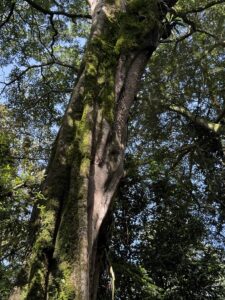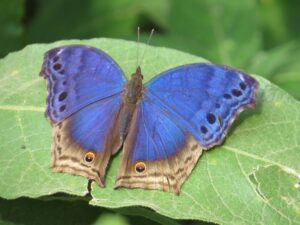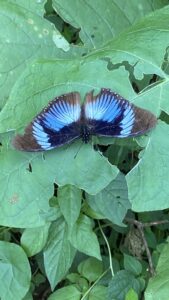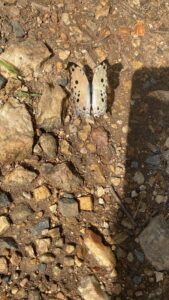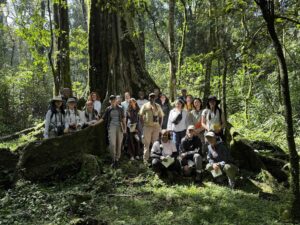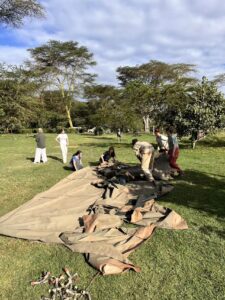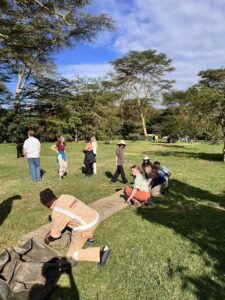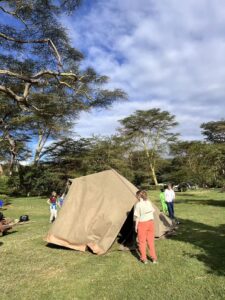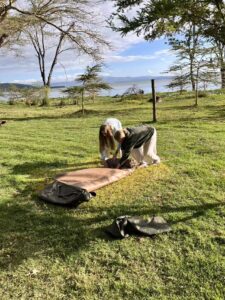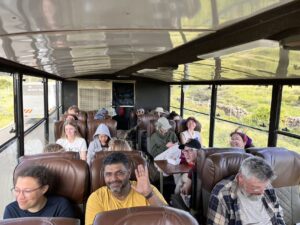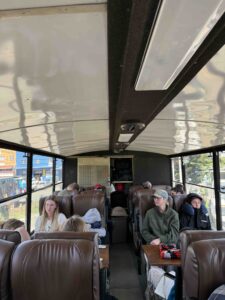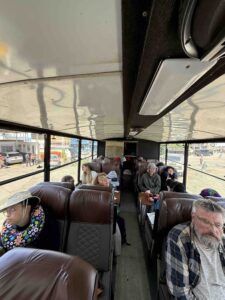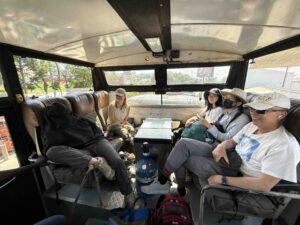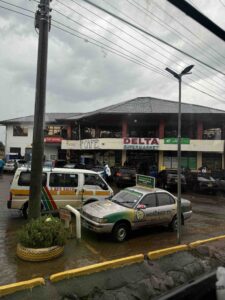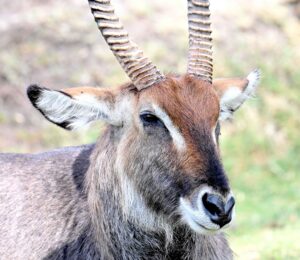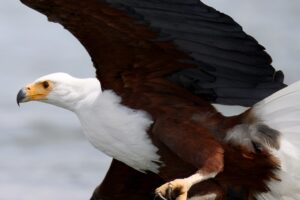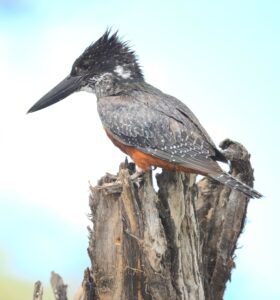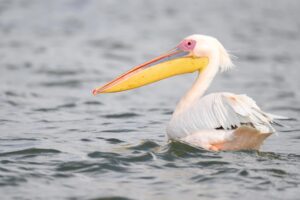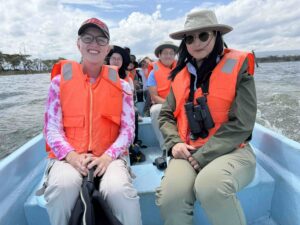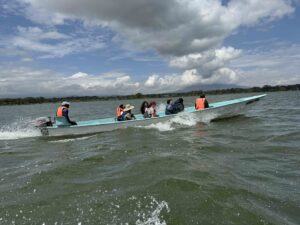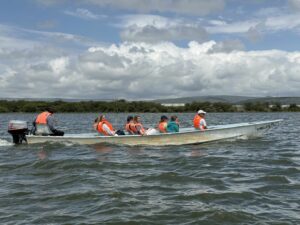Groups A, B & C
Jambo!
On our last full day in Kenya, we woke up bright and early for the highly anticipated full day game drive; a full day of driving through the beautiful Maasai Mara National Reserve to find all the lions, vultures, and elephants our hearts desired.
At 6am, the truck pulled out of the campsite filled with 18 students, for instructors and a packed picnic lunch. We watched the sunrise over the valley as we drove the quick 10 minutes to the Sekenani Gate entrance to Maasai Mara.
While Mukhtar navigated processing our entrance payments and permits, we took a washroom break and tried to navigate in and around very persistent roadside saleswoman insistent that our lives just weren’t complete without a beaded bracelet or a carved wooden giraffe.
Most of us managed to dodge these persuasions with repeated ‘no thank you’s.’ However, one student, Akilah, took the opportunity to sample the assortment of trinkets one by one, as local Maasai women clambered around her to show off their pieces. “Not that one, no,” Akilah said. “That one’s just not to my taste.” Even from inside the bus, Akilah still managed to look through the selection; she pursed her lips or shook her head as salesladies outside held up bracelets one by one. Alas, the truck pulled away before Akilah could find something to her liking.
Finally, we were into the park, which did not disappoint. Within the first 10 minutes of entry we saw a herd of lovely Plains Zebra grazing peacefully in the morning light off in the distance. The bus screeched to a stop to afford us a closer look.
Amongst the family was a diminutive young Zebra, that stayed close by its mother and eyed us with suspicion. Everyone ‘oooed’ and ‘ahhed’ and snapped too many photos.
Then we drove further into the park, admiring the savannah landscape with its rolling hills, valleys, and spots of trees dotting the grasses that stretched as far as the eye could see.
We went on to see Maasai giraffes grazing and running and being chased by spotted yyenas. Then, we ran into Coke’s hartebeest, Kirk’s dikdik, and common elands (our first time seeing those this trip!). Yiling was quick to point out the bare-faced go-away bird, named for its plumage and distinctive call, marabou stork, superb starlings, green wood hoopoe, and helmeted guineafowl.
Further on, we passed by warthogs, side-striped jackals, topi, hippopotamus, African elephants, cape buffalo, and even three cheetah pursuing some giraffe
After a long successful morning, we arrived at a rest stop along the Mara River. We were famished – bouncing around the truck is hard work! The river is a bit of an oasis, providing moisture for rich riverine forests. Some of the trees along the banks were full of the beautiful and strange nests of weaver birds (speckle-fronted, Baglafecht, rfuous-tailed). Dr. Lougheed spoke to one of the wardens, and we got permission to walk along the wall above the river to get a better view. A massive Nile crocodile was resting right below the lookout, partially submerged. “What are we looking at?” one student asked. Before anyone could answer, they had jumped and exclaimed, “It’s a crocodile!” The sleeping Nile crocodile was the subject of many photos and much discussion for the students. After a few short minutes, we were ushered away by wardens – no one was upset, we were ready for lunch.
Chenzen made us a delicious cucumber and tomato salad and had already prepared the rest of lunch before we left. We sat in the shade of some solar panels and enjoyed our long awaited repaste, observed by agama lizards. Afterwards, we decided against a walk along the river. It was very hot, everyone had seen the crocodile, and we had seen more than enough hippopotamus at Lake Naivasha. We clambered back onto the truck, excited to see more of Maasai Mara.
In the second half of our journey, we crossed paths with a lone male lion, who looked rather sick and sad. We learned that he had likely been kicked out of his pride and now awaited a quiet death. “It’s very rare for lions to find a new pride after they lose the first one,” Carol, our Kenyan instructor, said. “Very rare.” We looked at him sadly from the safety of the truck before continuing on our way.
Near there end of our time in the park, we were lucky enough to see southern ground hornbill, black feathered birds with a bright red neck, and a secretary bird in a tree. These two species were highly anticipated and we manifested our luck in the form of high-quality photos.
Finally, after a long and bumpy ride around the park seeing all sorts of wildlife up close, we headed back to the campsite to look over our pictures and add our adventures and observations to our field journals. We took a brief stop in the nearby town of Maasai Mara, where Dr. YuXiang and several students followed Chenzen, one of our local guides, to an out-of-the-way store in hopes of sampling some local Kenyan beer. Chenzen led Dr. YuXiang and the students down a narrow alley, into and behind the shop, where a small, cramped room awaited them, stocked with a couple beers and some liquors (unusually of course as this is a Muslim village). Three guys lounged around in the room, and Chenzen helped the students translate their requests into purchases. After their brave venture into the unknown, the students and Dr. YuXiang walked away with several beers for 300 shillings apiece (approximately 3 dollars CAD).
Other students visited a convenience store or else took pictures of the beautiful double rainbow that had formed over the soccer field on the other side of the road.
Finally, we all piled back into the car and went back to the campsite to prepare for dinner. One student, Dani, eagerly assisted the staff with the cooking as she wanted to learn more about the staple meals we had been enjoying all trip.
Everyone ate well, and then either sat by the fire relaxing or sat in the mess tent vigorously scribbling in their field notebooks. As the night grew darker and the tent lighter than it’s surroundings, it started to attract some visitors. A yellow winged bat took up residence in the crest of the tent, eating insects and posing for pictures before scattering us all before swooping low near our heads on his exit flight.
We thoroughly enjoyed our last full day in Kenya and talk turned sentimental bittersweet as we recalled our adventures and the experiences and thought about our quickly approaching journey home. We have all learned plenty about biodiversity conservation, Kenya, the world, and ourselves, and we will carry the lessons and memories with us for a long time to come. We are sure that this field course will continue to impact and enrich our lives as students of conservation and as upstanding citizens of the world for many years to come.
Thanks for tuning into the blog update today. Please come back tomorrow for our final update!
-
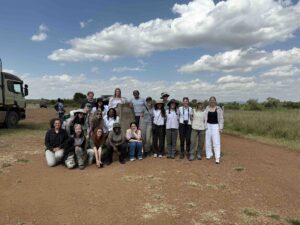
-
Class at border between Tanzania and Kenya. Kenya to the left (north) and Tanazania to the right (south)
-
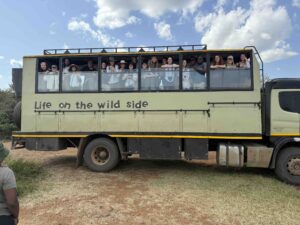
-
Class through the windows of the Bunduz truck
-
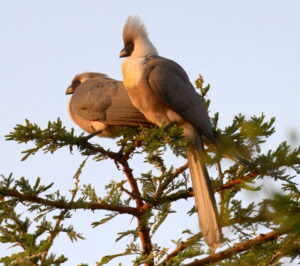
-
bare-faced go-away birds
-
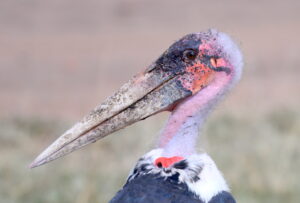
-
marabou stork
-
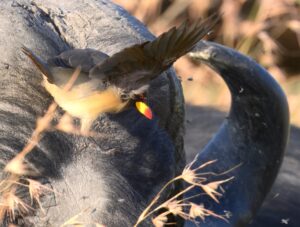
-
yellow-billed oxpecker on Cape buffalo
-
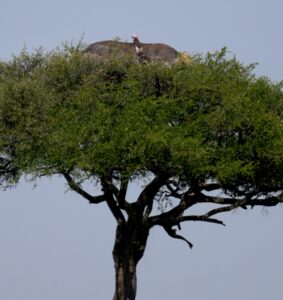
-
vulture in tree
-
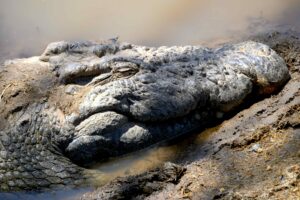
-
Nile crocodile
-
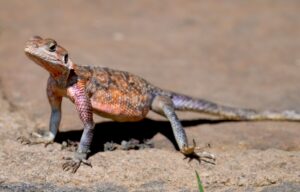
-
agam lizard
-
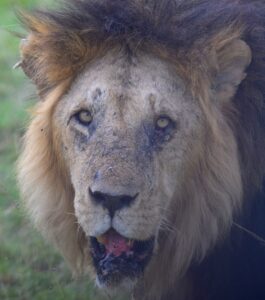
-
lion
-
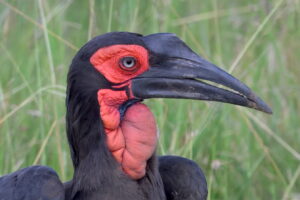
-
southern ground hornbill
-
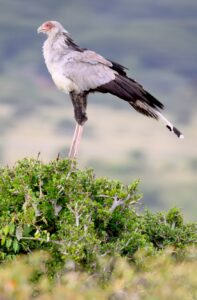
-
secretary bird
-
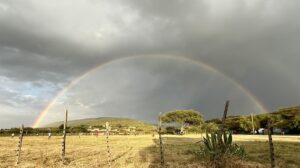
-
Outside of Sekenani Gate – rainbow and local football match
